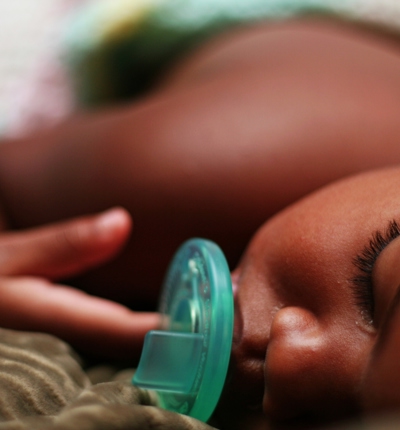
Researchers issue warning over wearable baby monitors
Concerns have been raised by researchers over the accuracy of two brands of baby monitors
Posted on 24 August 2018
Researchers from the Children’s Hospital of Philadelphia say that their research has found that two commercially available baby monitors either failed to show there were low levels of oxygen in babies’ blood or did so inconsistently, as well as often indicating low pulse rates on infants who in fact had normal pulse rates. The research looked at the Owlet Smart Sock 2 and the Baby Vida which are marketed as using pulse oximetry to measure heart rate and oxygen levels in the blood in babies.
The research was carried out after the same team originally published an opinion piece in the Journal of the American Medical Association in 2017 raising concerns about companies publishing data on the accuracy of baby monitoring devices without the products having been approved by the FDA. When compared with an FDA-approved monitor in detecting hypoxemia, or low levels of oxygen in the blood, the Owlet Smart Sock 2 monitor was found to be 88.8% accurate. Hypoxemia can lead to hypoxia which can result in tissue damage and, in extreme cases, death.
Neither the Owlet Smart Sock 2 or the Baby Vida have FDA approval, but can be purchased all over the world via third party sellers. They consist of a sock-like band that wraps around the baby’s foot and provides information via a base station and smartphone app.
Tina Patel from the product safety and consumer law team at Leigh Day has echoed the concerns raised by the researchers:
“In an age of wearable technology, individuals rely on consumer level technology to provide information on which they base health and medical decisions on.
“With any piece of technology, but more so where it involves children and infants, consumers are entitled to expect the product will properly carry out the function it is marketed as being able to do. As a parent myself, I would not want a product of this kind to be 88.8% accurate. Incorrect readings could lead to unnecessary medical admissions or worse, real issues being missed.
“Manufacturers of products such as these, designed to give health information, should have to robustly test the accuracy of such the products before they reach the market.”

